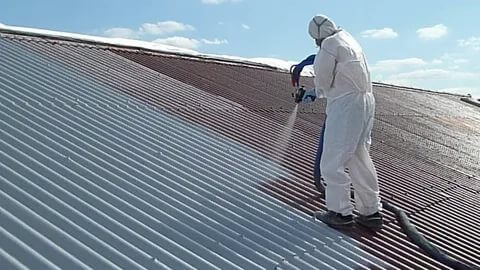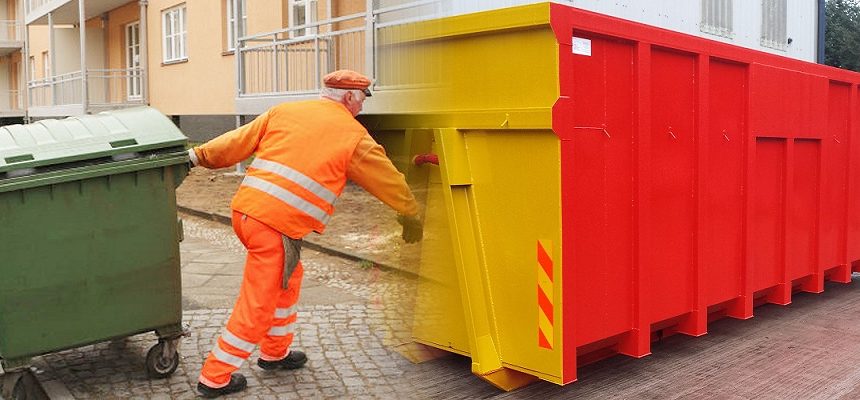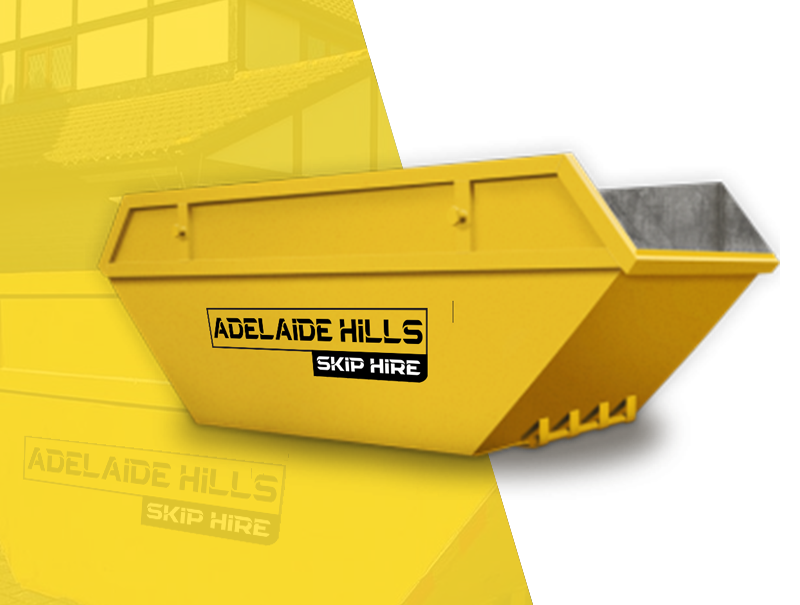It’s the year 2020 and you live in a house built before 1989. You’re not sure if that means your home has asbestos, but you’re not going to take any chances. The last thing you want is for anyone in your family to be exposed to this dangerous material. However, how do you know if there really is asbestos in your house? And how can you trust that people who inspect it are asbestos inspection Melbourne who aren’t just trying to sell their own services? If these are questions on your mind, we’ve got the answers!
What is asbestos and why is it dangerous?
Asbestos is a naturally occurring mineral that was once commonly used in building materials and other products. It’s been used for hundreds of years and has been found in insulation, flooring, ceiling tiles and more. Asbestos fibers are so tiny that they can easily enter the air we breathe.
With any type of asbestos removal or remediation project, you should be aware that there is always some risk involved with handling asbestos-containing materials (ACMs). If proper precautions aren’t taken during a demolition project or renovation job involving ACMs, the fibers could become airborne without warning—causing serious health problems to those exposed to them.
How will the inspector determine if there is asbestos in my home?
During your inspection, the inspector will use a handheld device to detect asbestos. The inspector will look for signs of asbestos in the areas of your home where it has been used.
The inspector may also visually inspect your property for any signs of asbestos. These could include:
- Worn or damaged tiles in a bathroom or kitchen flooring that looks like it’s been damaged by water damage over time
- Cracked plaster around pipes, electrical outlets and windowsills
Once they have found any potential areas containing asbestos, they will take samples and send them off to a lab for analysis. This can take up to two weeks depending on their location but if needed an additional visit may be arranged where the results are available during this time frame
Finally when all is said and done; once you know whether there was indeed any dangerous levels present on site we recommend getting rid of it as soon as possible before it strikes again!
What happens if asbestos is found in my home?
If asbestos is found in your home, the inspector will recommend a plan of action. There are several options that can be taken depending on the type and location of asbestos.
- Removal: A licensed professional asbestos inspection Melbourne may remove the material. This is typically done by breaking down or cutting up the material into small pieces before disposing of it properly.
- Sealing off: The inspector may recommend sealing off (using sheet rock or something similar) areas where there isn’t any loose or friable asbestos present in order to prevent exposure while you live at home until it can be removed later.
- Encapsulation: If all of your asbestos-containing materials are encapsulated—meaning they have been covered with another non-asbestos material—then there should not be any risk involved with living in those areas until they can be removed later on down the road when necessary.
Is there anything I can do to prepare for the inspection beforehand?
You can help the inspector by preparing the areas of your house that will be inspected. Here are some things to consider:

- Clean up any loose debris. The inspector will not be able to see how much dust is in your home if there’s stuff lying around everywhere.
- Remove items that may be damaged during the inspection. For example, if you have framed pictures hanging on walls, and these walls are being tested for asbestos, you should remove them before the inspection so they won’t get damaged in case they contain asbestos fibers on their frames or glass.
- Make sure rooms are well ventilated before an inspection takes place; this will allow safer conditions for everyone involved and make sure no one has allergies triggered by exposure to airborne particles from products containing asbestos (that would otherwise have been cleared out). It’s also good practice not just because it helps ensure good health but also because it makes it easier for inspectors—and thus reduces costs associated with having specialists conduct work outside of regular working hours (when costs tend to go up).
You should know what to expect when a company performs an inspection on your property
If you have a professional asbestos inspection, or if you’re just curious about what to expect from an inspector, here are some things worth being informed about.
- If your home has asbestos in it, the inspector’s first priority is to inform you of that fact and advise you on how to proceed. This means that once they’ve completed their inspection, they will give you a report explaining what was found—and how serious any issues are.
- Although certain laws govern how and when inspections must be performed in order for them to be valid (i.e., if there is no significant risk/damage), it’s up to the homeowner whether or not they want one done. In other words: it’s up to YOU! You can always ask your landlord if he/she wants one done—but ultimately this decision rests solely with YOU!
Conclusion
You should feel confident in knowing that your home is safe and free of asbestos. The inspector will thoroughly check for any asbestos-containing material, and if found, it will be removed by a licensed professional.




